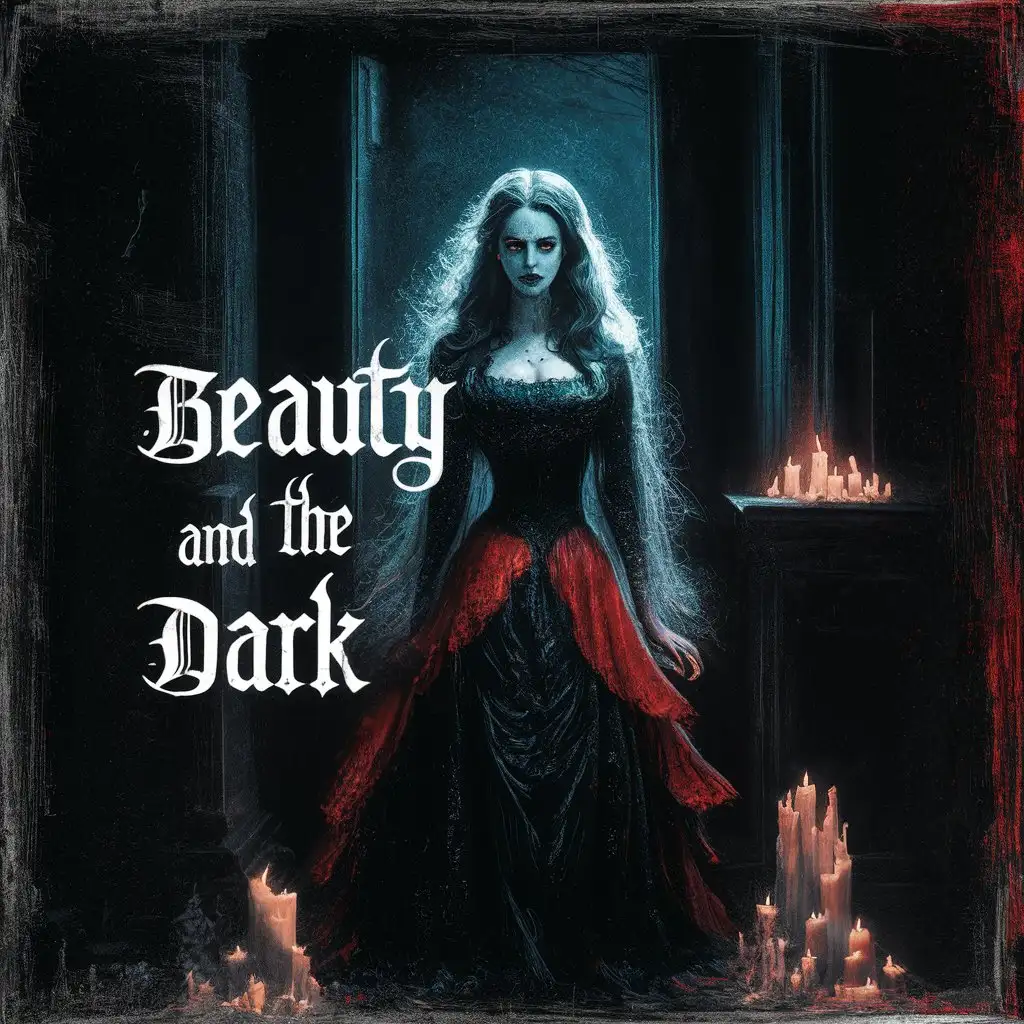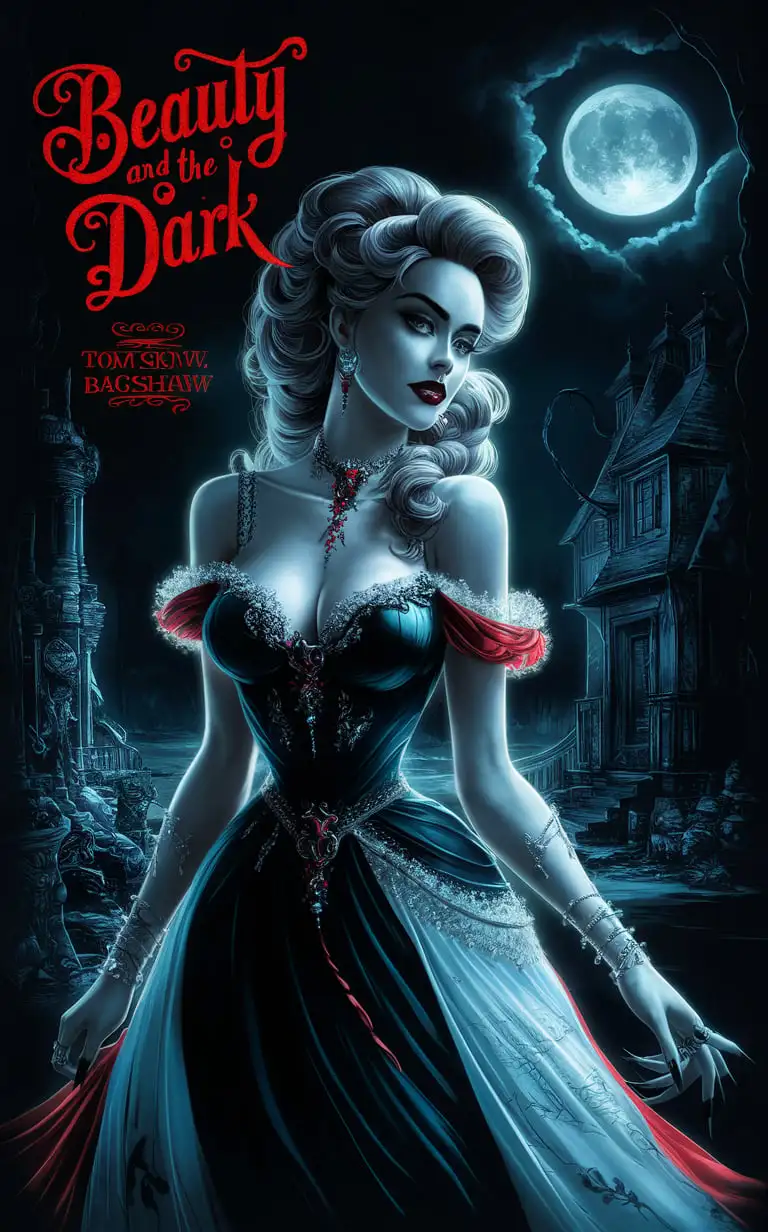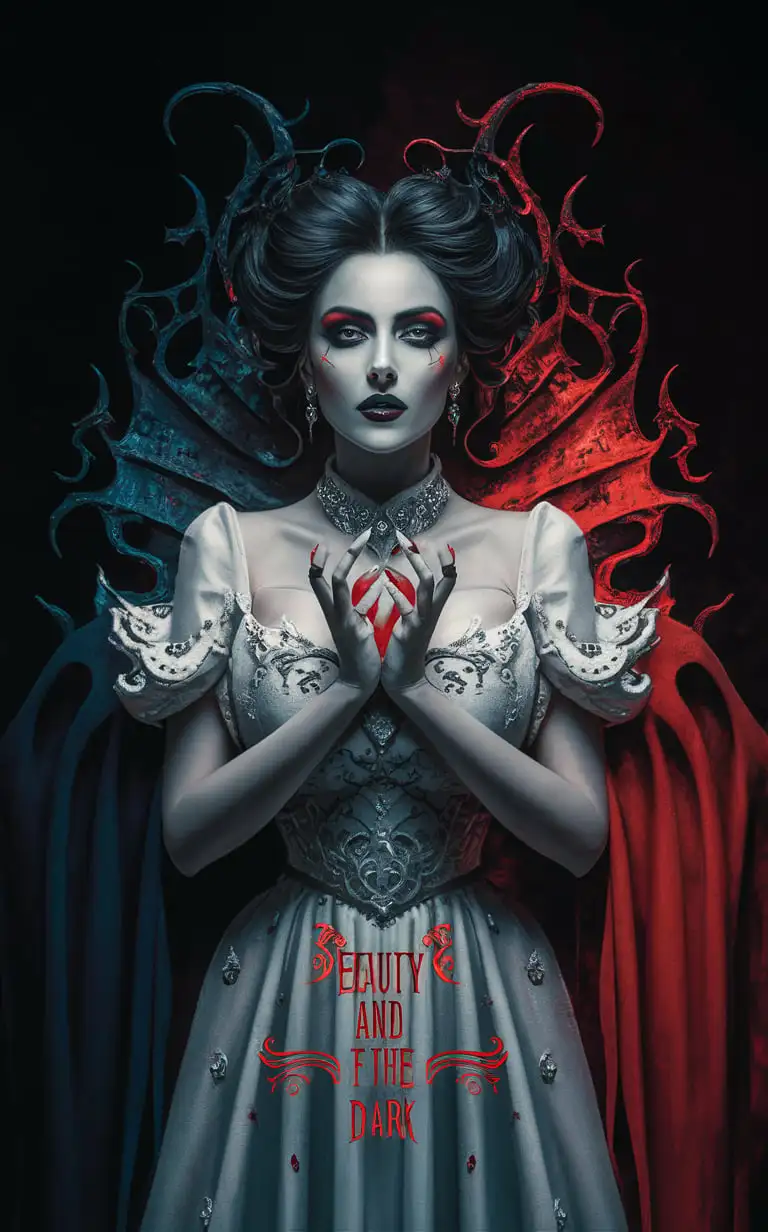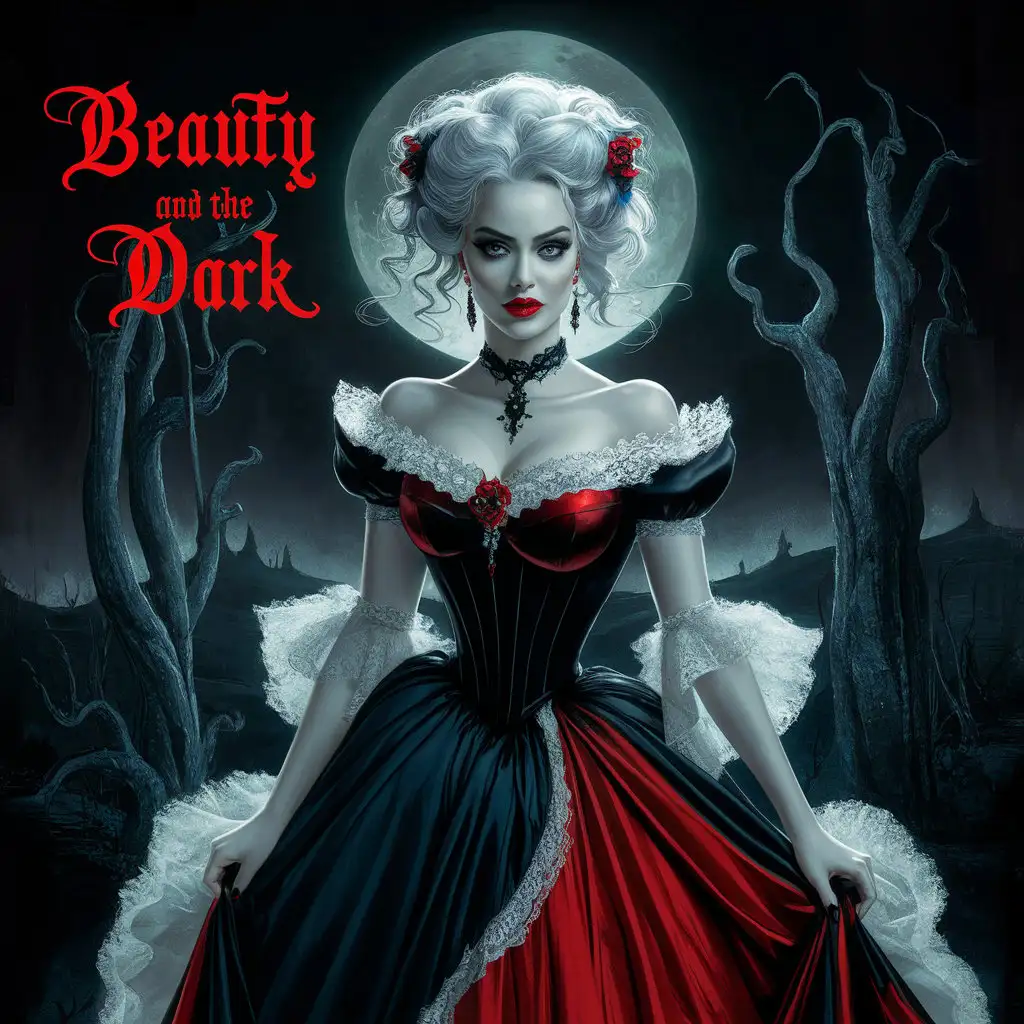Free Horror style Image Generator
Just imagine, and we'll instantly return a variety of personalized Horror style images—designed to bring your creativity to life!
- 4:3
- 3:4
- 1:1

image.state.default




Related Tags
Horror Style in art captures the dark, eerie, and unsettling aspects of human imagination. It draws from various sources like Gothic literature, horror films, and folklore, creating visuals that evoke fear and curiosity. This style often features elements like dark shadows, grotesque figures, and abandoned places, designed to invoke a sense of dread and suspense. Horror art is used in various media, including book covers, movie posters, and video games, providing a chilling visual experience.
The Essence of Horror Style in Art
Horror Style imagery is characterized by its use of dark color palettes, dramatic lighting, and eerie compositions. Common themes include haunted locations, monstrous creatures, and supernatural phenomena. These images are widely used in entertainment industries, particularly in horror films, video games, and themed events. For example, the spine-chilling posters of classic horror movies like 'Psycho' and 'The Exorcist' or the creepy visual design of games like 'Resident Evil' demonstrate the powerful impact of horror imagery.
Key Characteristics and Applications of Horror Style Imagery
Prominent horror artists include H.R. Giger, known for his surreal and nightmarish designs in 'Alien,' and Clive Barker, whose work in 'Hellraiser' has left a lasting mark on the genre. Other notable artists like Zdzisław Beksiński create disturbing yet captivating works that explore themes of decay and dystopia. These artists have significantly influenced the aesthetic of horror, pushing the boundaries of fear and fascination in visual art.
Influential Horror Artists and Their Iconic Works
Horror art has a profound influence on modern culture, extending beyond traditional media into fashion, advertising, and even interior design. Its elements can be seen in gothic fashion trends, edgy marketing campaigns, and themed restaurants or haunted attractions. The pervasive appeal of horror aesthetics reflects a cultural fascination with the macabre and the unknown, illustrating the power of horror to evoke strong emotional responses and create memorable experiences.
Impact of Horror Art on Modern Culture